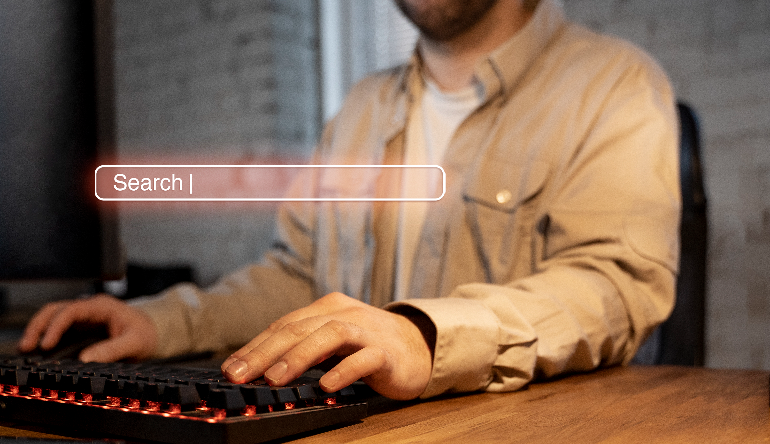We Provide High Quality & Cost Effective Services



Lazy Loading & SEO: Boosting Website Speed and Rankings

Introduction
At Mindhuntz Digital Services Pvt. Ltd., we focus on practical strategies that improve both user experience and search performance. One of the key topics every website owner and developer should understand is lazy loading—a technique that can significantly impact page speed, Core Web Vitals, and even SEO visibility.
What is Lazy Loading?
Lazy loading is a smart way of loading resources only when needed. Instead of making a browser download all images, videos, or scripts at once, lazy loading ensures non-critical resources are loaded only when a user scrolls to them.
- Reduce unnecessary resource usage (network, battery, server load)
- Improve page load speed, especially on mobile devices
- Enhance Core Web Vitals (like Largest Contentful Paint)
Why Lazy Loading Became Essential
Modern websites are heavier, filled with images, videos, iframes, and dynamic widgets. Loading everything at once often slows performance. With lazy loading:
- Images below the fold load only when visible.
- Video content can wait until interaction.
- API-driven widgets (like stock tickers or comments) can load only when needed.
This not only saves bandwidth but also improves user experience dramatically.
SEO & Lazy Loading: What You Need to Know
While lazy loading improves performance, it must be implemented correctly:
- Native lazy loading using the HTML loading="lazy" attribute is safe and SEO-friendly.
- Custom JavaScript libraries can cause problems if they don’t correctly load images into the "src" attribute. In such cases, Googlebot may fail to index images or content.
How to check if it works?
Use Google Search Console’s URL Inspection Tool and check the rendered HTML.
Ensure all images and content appear in the src attribute, not in custom data attributes.
Common Pitfalls to Avoid
- Don’t lazy load hero images: Your main banner or above-the-fold images should load immediately. Lazy loading them can hurt Largest Contentful Paint (LCP).
- Don’t lazy load critical content: Only non-essential elements should be lazy loaded.
- Avoid overusing plugins: Stick to native browser solutions wherever possible.
Infinite Scroll vs Lazy Loading
While related, infinite scroll is slightly different. It loads new content as the user scrolls, essentially creating a never-ending page. Lazy loading, on the other hand, delays non-critical resources on an existing page. Both improve experience but must be SEO-optimized to avoid indexing issues.
Mindhuntz Recommendation
At Mindhuntz, we recommend a balanced lazy loading strategy:
- Use native lazy loading for images & iframes.
- Keep critical images and content excluded.
- Test with Search Console and Core Web Vitals reports.
This ensures your website is fast, SEO-friendly, and user-focused.
Final Thought
Lazy loading is no longer optional—it’s a must-have for modern SEO and UX. Done right, it can boost performance, rankings, and engagement. Done wrong, it can block search engines from seeing your content.
Need help optimizing your website for speed and SEO?
Let Mindhuntz Digital Services Pvt. Ltd. be your partner in preparing high-performance websites.




Comments
A Wordpress Commenter on Launch New Mobile App
Robert Jonson on Template: Comments
A Wordpress Commenter on Launch New Mobile App
Jessica Brown on Template: Comments